Just write us your request & we will take care of the rest.
Critical Role of Fasteners in Intake Engine Variable Valve Timing Systems
In modern automotive engineering, performance and efficiency are optimized by increasingly sophisticated engine systems. One critical component that often goes unnoticed but plays a vital role in ensuring engine precision is the Intake Engine Variable Valve Timing Fastening Nut And Bolt. These small yet essential fasteners ensure the secure attachment of the variable valve timing (VVT) mechanism to the intake camshaft, helping engines perform efficiently, reliably, and safely.
What Is Variable Valve Timing?
Before diving into the specifics of the Intake Engine Variable Valve Timing Fastening Nut And Bolt, it's important to understand what variable valve timing (VVT) is. VVT is a technology that adjusts the timing of a vehicle's intake and exhaust valves to improve performance, fuel efficiency, and emissions. By dynamically modifying the valve operation based on engine speed and load, VVT enhances combustion efficiency and power delivery.
The Role of Fasteners in VVT Systems
The VVT system relies on various mechanical parts to function smoothly, and the Intake Engine Variable Valve Timing Fastening Nut And Bolt ensures the secure attachment of the cam phaser or actuator to the camshaft. These components must withstand harsh conditions, including high temperatures, vibrations, and continuous mechanical stress.
A loose or improperly torqued Intake Engine Variable Valve Timing Fastening Nut And Bolt can result in serious engine issues, including misfires, loss of power, and even catastrophic engine damage. Therefore, their design, material composition, and proper installation are all critical factors in engine reliability.
Design and Material Considerations
The Intake Engine Variable Valve Timing Fastening Nut And Bolt is typically made from high-strength alloy steel or stainless steel. These materials provide good tensile strength and resistance to corrosion and heat fatigue. Precision manufacturing ensures that these fasteners meet tight tolerance requirements, which is essential for maintaining correct valve timing.
In high-performance or turbocharged engines, the Intake Engine Variable Valve Timing Fastening Nut And Bolt may be coated or treated for additional durability, using processes such as zinc plating, phosphate coating, or even dry film lubricants to reduce friction and enhance torque accuracy during assembly.
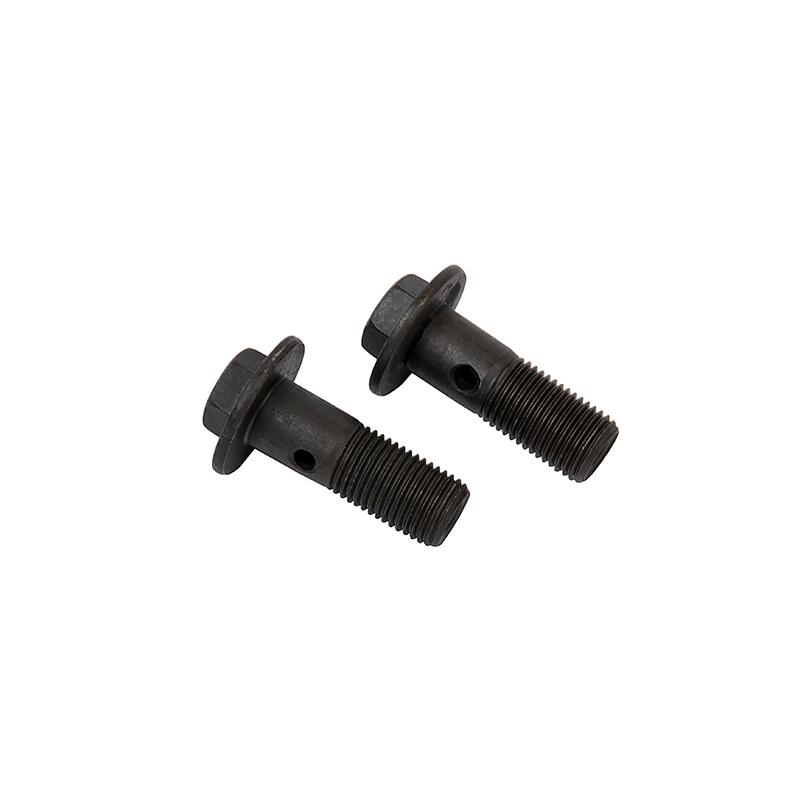
Installation Good Practices
Installing the Intake Engine Variable Valve Timing Fastening Nut And Bolt correctly is as important as the quality of the fastener itself. Technicians must use a calibrated torque wrench and follow the manufacturer’s torque specifications strictly. Over-tightening can result in bolt stretch or breakage, while under-tightening may result in vibration-related loosening and failure.
It is also common to use thread-locking compounds on the Intake Engine Variable Valve Timing Fastening Nut And Bolt to prevent loosening due to engine vibration. In some engines, torque-to-yield bolts are used, which means they should never be reused once removed, as their integrity diminishes after the initial installation.
Common Issues and Maintenance
Over time, due to engine heat cycles and wear, the Intake Engine Variable Valve Timing Fastening Nut And Bolt may become loose or degraded. Signs of failure may include engine rattling noises, a check engine light related to VVT performance, or erratic idling. Regular inspection during scheduled maintenance intervals can prevent costly engine repairs.
When replacing the Intake Engine Variable Valve Timing Fastening Nut And Bolt, it's recommended to use original equipment manufacturer (OEM) parts or high-quality aftermarket replacements that meet or exceed OEM specifications.
The Future of Engine Fastening Solutions
As engines become more compact and powerful, the demands on components like the Intake Engine Variable Valve Timing Fastening Nut And Bolt will only increase. Engineers are constantly exploring advanced materials and fastening technologies, including lightweight alloys and self-locking fasteners, to ensure reliability under increasingly harsh conditions.
Electric and hybrid engines may reduce reliance on traditional VVT systems, but as long as internal combustion engines remain in use, the Intake Engine Variable Valve Timing Fastening Nut And Bolt will continue to be a vital piece of the puzzle.

 English
English Español
Español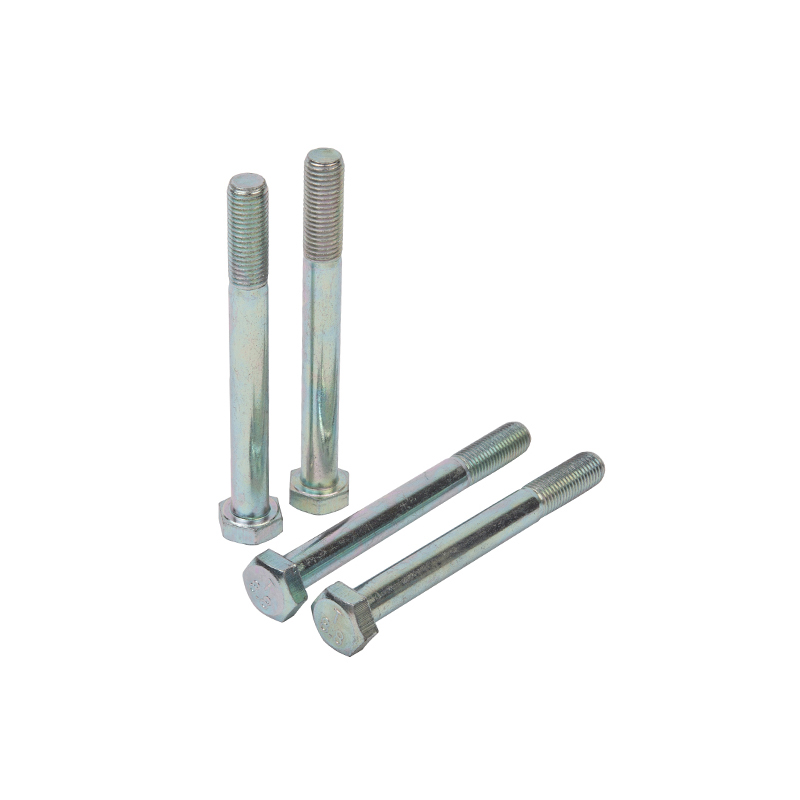
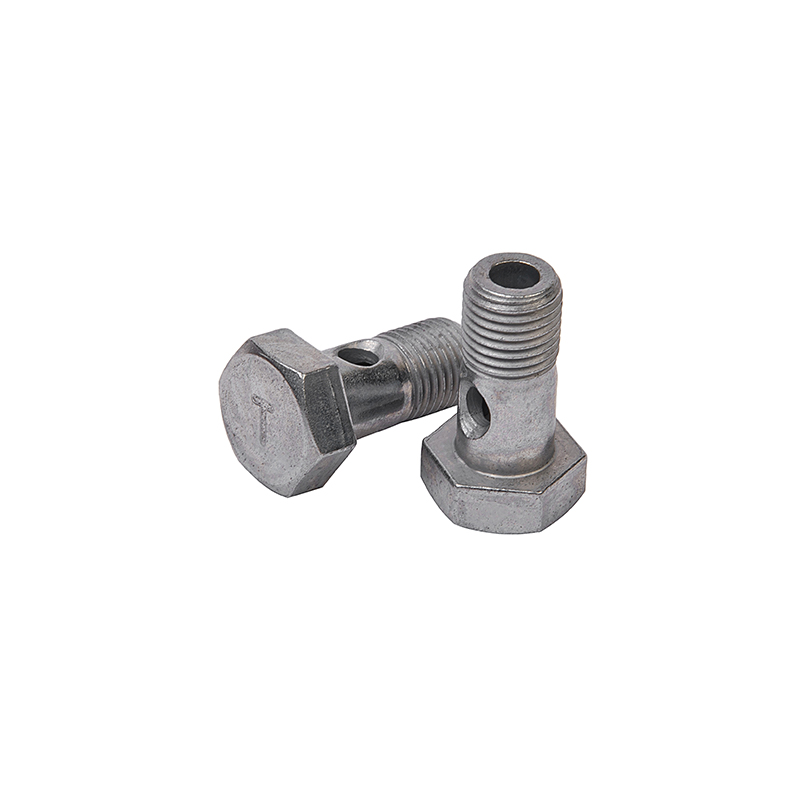
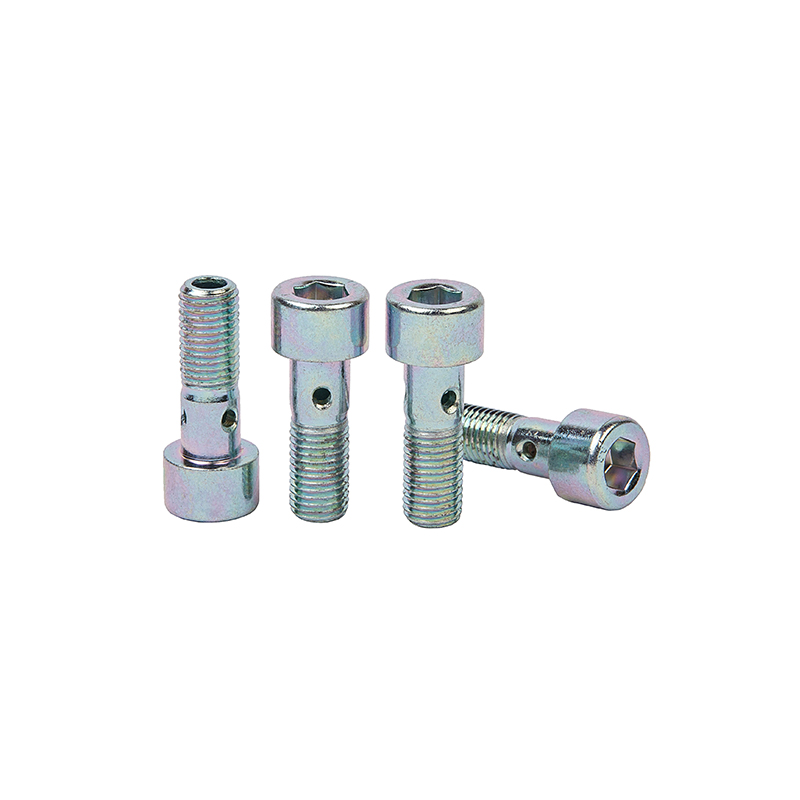
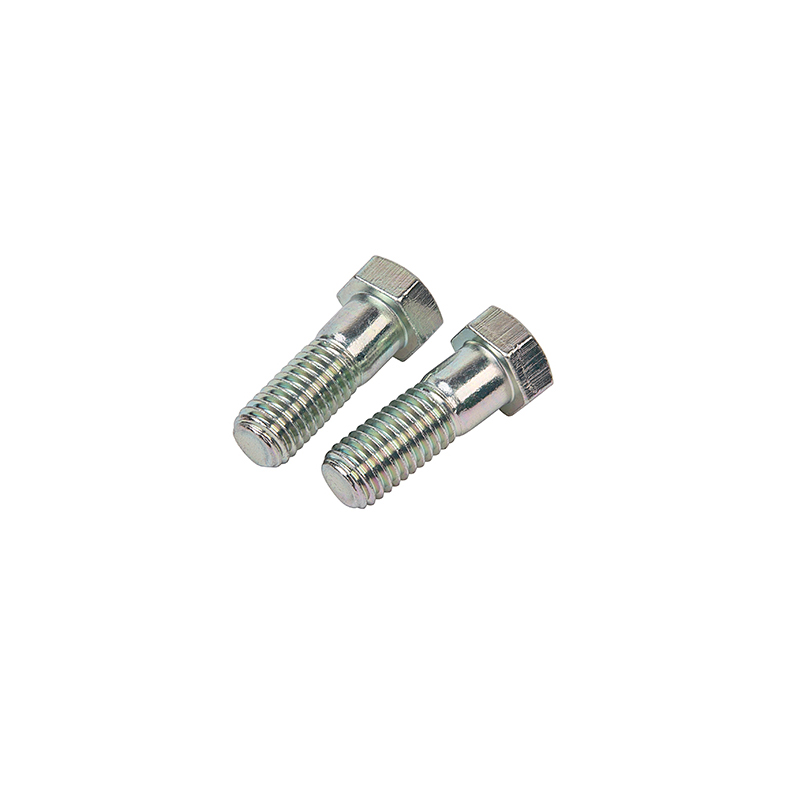
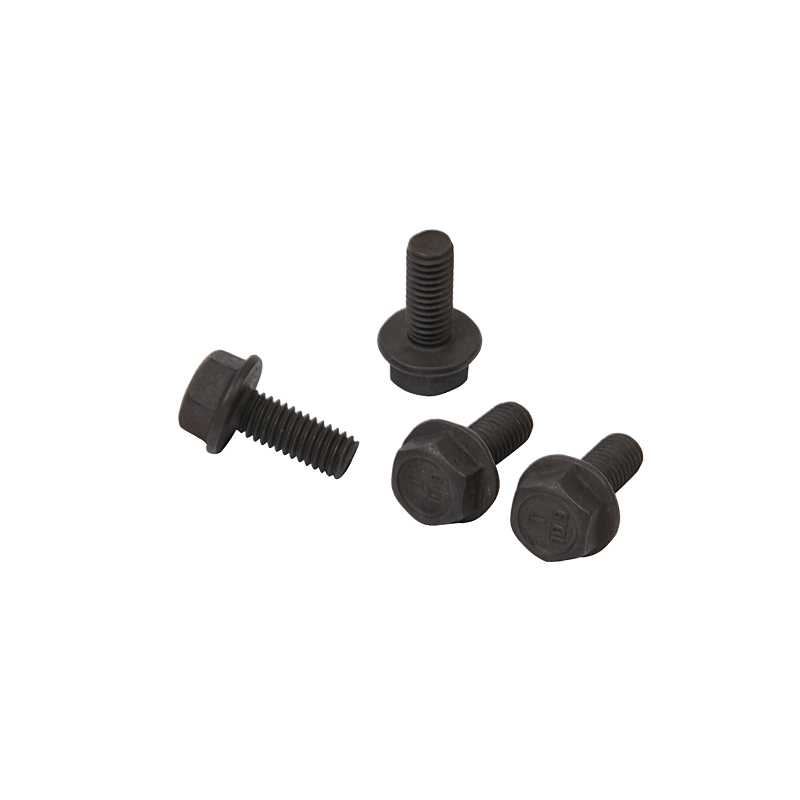
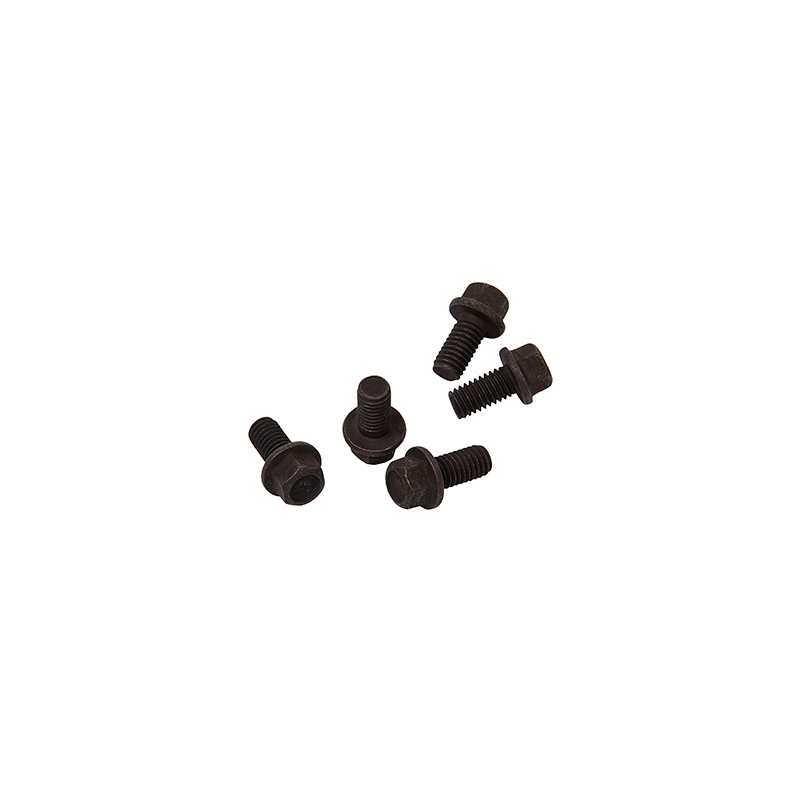
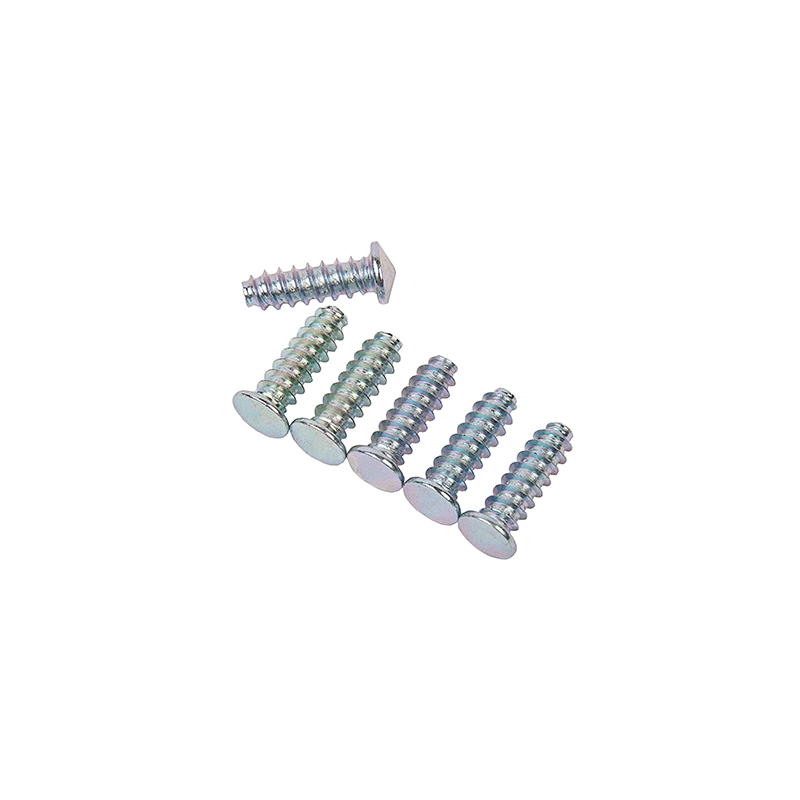
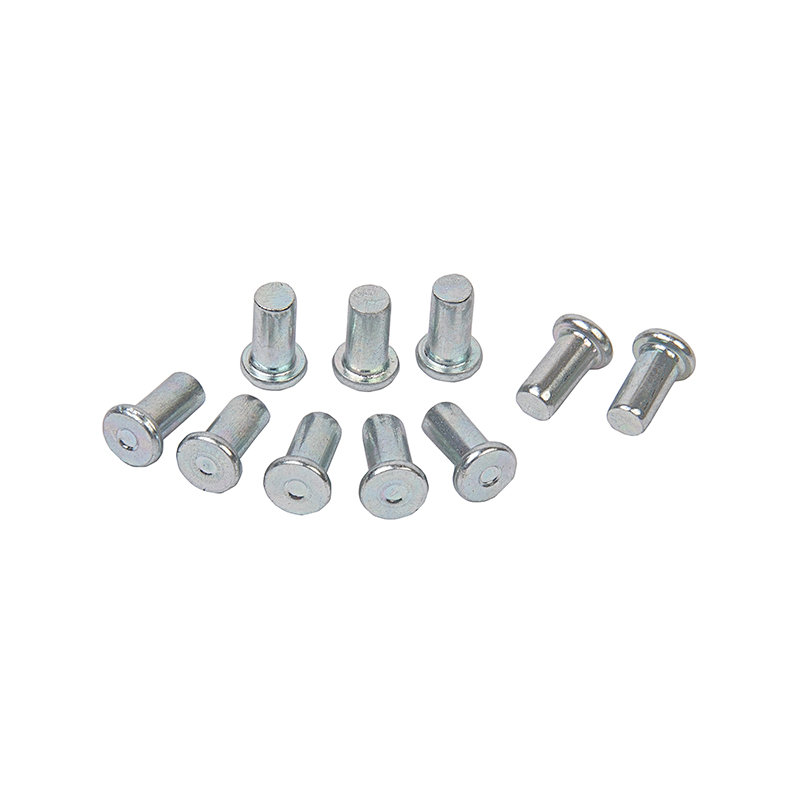
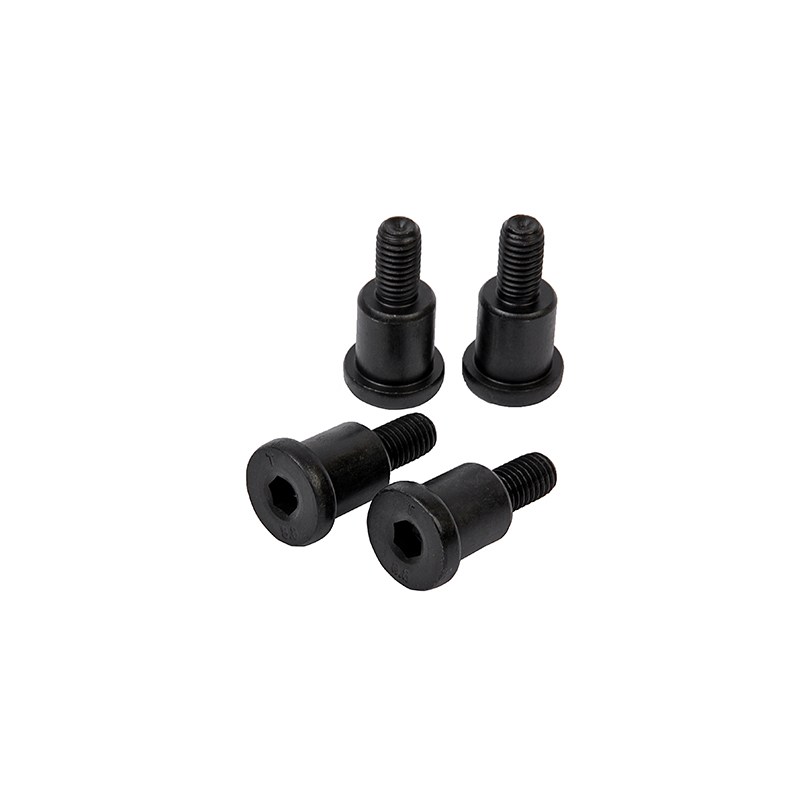
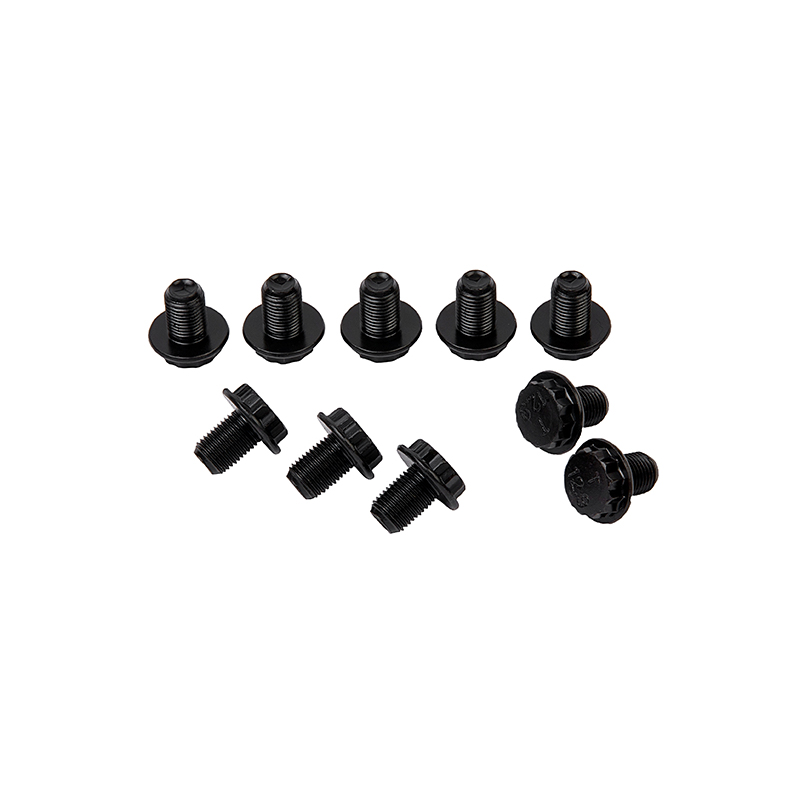

Contact Us